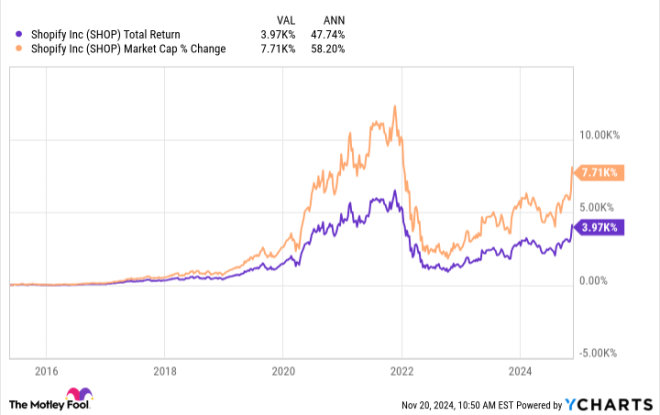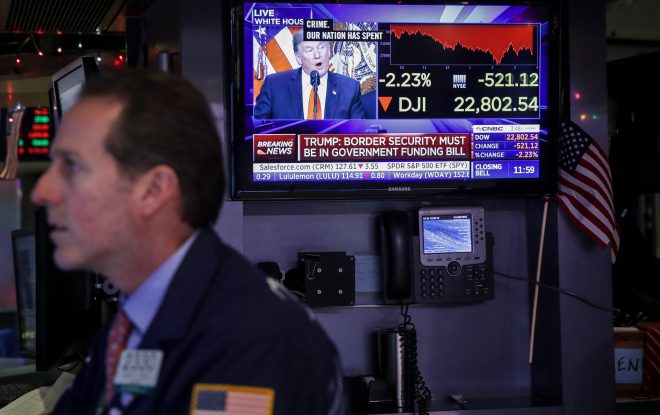Microsoft Just Raised Its Dividend By Double Digits: What Investors Need to Know
Dividends that can grow above the rate of inflation for years can be huge wealth-builders over time.
Although artificial intelligence (AI) stocks aren’t exactly known for their dividends, some of these tech giants are now beginning to pay out dividends and to grow them by double-digit percentages.
In fact, on Monday, the oldest dividend payer of the big AI tech stocks, Microsoft (NASDAQ: MSFT), announced a dividend increase of more than 10%. Here are the essential things to know about Redmond’s new bigger payout to owners.
A hike coming for shareholders in December
Microsoft announced it would raise its quarterly payout from $0.75 to $0.83, good for a 10.7% increase. The hike will go into effect for the December dividend payout, which will go to holders of the stock as of Nov. 20, with an ex-dividend date of Nov. 21.
However, the new dividend yield at today’s share price would only amount to roughly 0.8%.
In addition to the dividend hike, Microsoft also authorized a $60 billion share buyback program. When a company repurchases its shares, that lowers the share count, increasing the remaining shareholders’ stake in the company. Note that while that amount seems large, $60 billion in repurchases would only retire a small fraction (about 2%) of Microsoft shares at today’s market cap.
But regular increases like these seem highly sustainable
While that shareholder return may seem paltry to some, this year’s increases should be repeatable and sustainable. This is because even though the dividend hike was strong at nearly 11%, Microsoft’s diluted earnings per share actually grew 22% over the past fiscal year.
Hence, Microsoft’s dividend payout ratio in relation to earnings will actually go down. That means more room for payout increases in the future.
Also underpinning consistent growth is Microsoft’s impeccable balance sheet, with $75 billion in cash against just $50 billion in short- and long-term debt. That cash hoard remains after the massive $69 billion all-cash acquisition of Activision Blizzard, which closed last December.
The Activision acquisition should bolster earnings even more in the year ahead, as it really only affected half of Microsoft’s past fiscal year. But Microsoft’s main businesses — its AI-powered cloud computing and business productivity software segments — will determine most of its earnings growth.
Potential risks to raising the payout
While all these factors are positive, it’s possible Microsoft won’t lavish that entire $60 billion of repurchases on investors this year. Cash flow may be a concern, given that all the cloud giants are currently spending heavily on AI data centers. Of note, Microsoft’s free cash flow amounted to $74 billion last year, markedly below its net income of $88.9 billion.
Microsoft spent $13.9 billion in cash on capital expenditures in the fourth quarter — and if that continues, an annual pace of $56 billion would be a marked increase from last year’s $44.5 billon. That number is likely to run higher for fiscal 2025, as the AI races show no signs of slowing down.
The company is also likely to generate more AI-related revenue in the year ahead. For instance, it’s charging $30 per seat for the AI-powered Copilot version of Microsoft 365. On Microsoft’s recent conference call, CEO Satya Nadella noted that the number of Office 365 Copilot users grew 60% quarter over quarter, and that Copilot for GitHub contributed 40% of that segment’s growth. Still, any success in AI would likely lead to more spending on AI data centers, making free cash flow lower than earnings again this year.
Looking back at the past year, Microsoft only spent $17.2 billion on share repurchases, which was even lower than the $22.2 billion spent in the prior year. So, it seems unlikely it will repurchase $60 billion worth this year. While last year’s conservatism made room for the Activision purchase, it may also have been intended to save cash for heavy AI investments. Additionally, Microsoft’s stock isn’t exactly screamingly cheap at 36.5 times earnings, limiting the effect of repurchases.
Both the AI-related spending and high valuation could keep management conservative in 2025 as well, meaning a lot of the $60 billion may go unspent.
A nice boost for longtime holders, but not so much for new buyers
The dividend increase probably isn’t enough to entice yield-focused investors to Microsoft, but could benefit those who have owned the stock for a long time.
Newer shareholders have to view Microsoft as a growth stock with a small dividend kicker as a bonus, and hope that AI will turbocharge revenue and earnings in spite of the company’s enormous size.
But if you’re a dividend-focused investor, and would like a material payout within the next few years, it may be better to wait for a pullback in the stock price for a better entry point.
Should you invest $1,000 in Microsoft right now?
Before you buy stock in Microsoft, consider this:
The Motley Fool Stock Advisor analyst team just identified what they believe are the 10 best stocks for investors to buy now… and Microsoft wasn’t one of them. The 10 stocks that made the cut could produce monster returns in the coming years.
Consider when Nvidia made this list on April 15, 2005… if you invested $1,000 at the time of our recommendation, you’d have $722,320!*
Stock Advisor provides investors with an easy-to-follow blueprint for success, including guidance on building a portfolio, regular updates from analysts, and two new stock picks each month. The Stock Advisor service has more than quadrupled the return of S&P 500 since 2002*.
*Stock Advisor returns as of September 16, 2024
Billy Duberstein and/or his clients have positions in Microsoft. The Motley Fool has positions in and recommends Microsoft. The Motley Fool recommends the following options: long January 2026 $395 calls on Microsoft and short January 2026 $405 calls on Microsoft. The Motley Fool has a disclosure policy.
Microsoft Just Raised Its Dividend By Double Digits: What Investors Need to Know was originally published by The Motley Fool





Leave a Reply